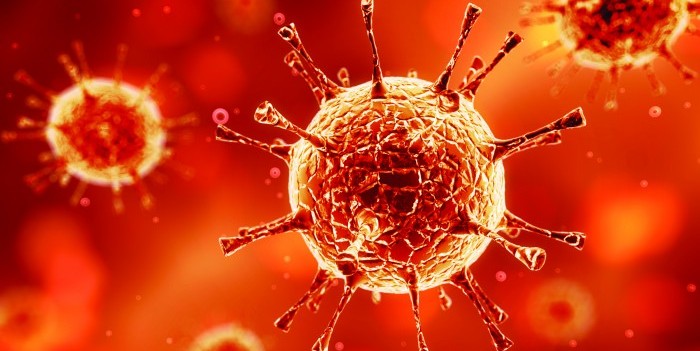The ramifications of COVID-19 are being felt across all markets. AHDB has produced some statistical analysis which takes a look at how the pandemic has affected input markets.
Exchange rates
Sterling began to weaken against both the euro and the US dollar as the scale of the coronavirus became apparent, with the currency hitting a 35-year low on 18 March. It has seen some recovery since then due to economic stimulus packages from key nations, however remains weaker than before the virus took hold.
On the plus side, this makes UK goods more competitive on export markets, whilst conversely meaning it is more expensive for the UK to import goods. AHDB analyst Felicity Rusk says that is significant for farm inputs in which the UK has a higher reliance on imported sources, such as specific feed additives normally sourced from overseas.
Fuel
Global fuel prices have fallen dramatically in the first four months of this year, as the coronavirus pandemic swept across the globe, collapsing demand. In April, the OPEC crude oil basket price averaged $17.66/barrel, 73% less than the value in January.
Quarantine measures introduced by major economies have diminished the demand for oil in transport use, resulting un US oil prices turning negative for the first time on record on 20 April. Since then, oil prices have continued to remain at a low level, as supplies are in surplus to demand.
Prices of both UK red diesel and diesel at the pump have recorded month-on-month declines. Ms Rusk comments: “It is important to note that these prices do not fully reflect the crude oil markets as they include taxes and profit margins for the sector. Nevertheless, the ramifications of the pandemic are likely to hang over markets some time and so fuel prices have potential to move down further.
Fertiliser
One of the key challenges facing domestic inputs is the devaluation of sterling against the dollar. The global collapse of stocks, bonds and equities has also collapsed the value of crude oil and pressured the price of global natural gas, which is a key input for ammonium nitrate. Sterling movements have lessened the pressure on UK natural gas prices, which have followed a comparatively normal trend for the time of year.
That said, the coronavirus pandemic took hold when the majority of European crops were already in the ground, and ,ost of the production inputs, such as fertilisers and agrochemical will likely already be on-farm.
However, the EU is not self-sufficient in mineral fertilisers. Typically, the EU imports these mineral fertilisers from Eastern Europe (e.g. Ukraine and Russia) and North Africa (e.g. Morocco & Algeria). As such, some reports have highlighted potential concerns over the disruption to supply chains, which would create price volatility.
Ms Rusk points out that the latest outlook from the EU Commission expects that there will be no major issues in terms of availability as a result to the pandemic, and also suggests that fertiliser prices could decline, reflecting the fall in energy prices.
Feed additives
China is one of the key suppliers of raw micro-ingredients used in feed additives, such as amino acids and vitamins, and supplies have reportedly been disrupted by logistical challenges. As such, some European based feed companies have reportedly suffered shortages of these key micronutrients.
Rusk says that it is challenging to know how wide spread the issue is as it is highly dependent where these European based companies source these raw material from, and whether they have been able to find alternative sources if supplies have been disrupted The AHDB says it will continues to monitor the situation as it develops.
Straw
Straw prices have risen at a steady rate of a few pounds per month, which is typical for the time of year as supplies begin to dwindle and producers look to lock in supplies for the coming winter.
The fifth wettest autumn on record hampered the drilling of winter crops meaning the UK wheat planted area is estimated to be 17% smaller than in 2019. However, many producers have instead turned to spring crops, particularly spring barley. As such, the planted area for spring barley is forecast to be around 47% larger than in last year.
Ms Rusk adds: “The prospect of a smaller domestic cereal crop has supported straw prices, particularly as producers begin to purchase supplies for the coming months.




